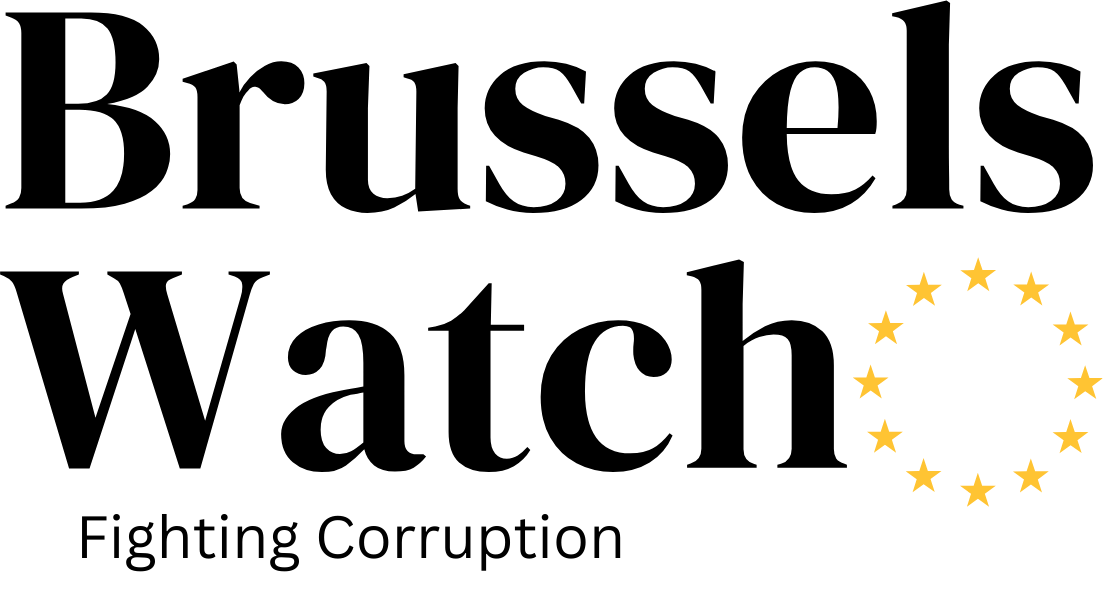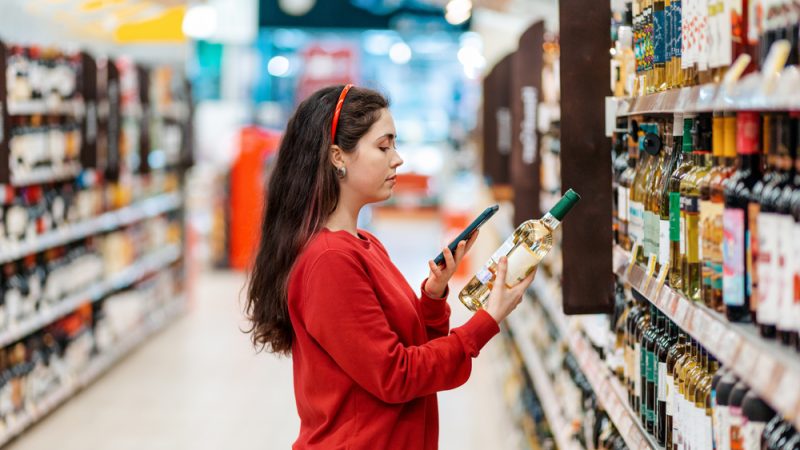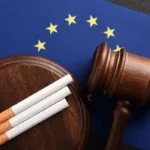Long exempted from indicating their composition to consumers, European wines will be able to do so through a QR code rather than on the label, a solution that does not satisfy some associations in the sector.
Wine can contain many additives like sulphur, egg white, dried fish bladder and various chemical compounds, but it has long benefited from an exceptional diet.
While most food products have been subject to a display of their composition for decades, it was only in 2017 that the European Commission considered that there was no “objective reason” to maintain this privilege.
The new rule, which will come into force in December, requires wines produced in the EU to detail their composition. Either on the label, like other food products, or using their own method, with a QR code linking to a website.
“ The Commission has understood the need to be flexible on how to communicate this information without disrupting our trade ”, underlines Ignacio Sanchez Recarte, Secretary General of the European Committee of Winegrowers (CEEV), who is also contesting with the European Commission the Irish plan to put health warnings on alcoholic beverages.
“Wine does not follow a recipe. The grape evolves according to the sun and the climatic conditions… The ingredients are not the same from one harvest to another”, he explains.
The CEEV therefore considers that digital labeling is the only way to obtain the support of all EU winegrowers (numbering 2.2 million in 2020, according to Eurostat). It also allows the translation of ingredients into all European languages.
Costs and consequences
“Can you imagine (…) scanning several QR codes to compare, for example, the additives of three wines, memorizing the results and making your choice? “, retorts Olivier Paul-Morandini, founder of an association which campaigns for more transparency in the wine sector, Transparency for Organic World Association (TOWA).
The association also believes that the introduction of these QR codes demonstrates a lack of commitment to more environmentally friendly agriculture, which the EU nevertheless presents as one of its priorities.
The “ electronic tags ” would, in fact, favor conventional farmers using pesticides and chemical fertilizers, who receive the overwhelming majority of subsidies from the common agricultural policy.
For Julien Guillot, organic winegrower in Burgundy (center-east), there is no need for a QR code when it comes to a biodynamic wine, in which there are “ very few added products ”. The label on the bottle is sufficient.
“On the other hand, a large trader would need a dictionary so, obviously, a QR code will be necessary”, he summarizes.
“We don’t just need a list of ingredients. We should have a list of all the consequences of conventional agriculture and its cost,” adds Paul-Morandini. “ The pollution of soil, water, health and the environment has a price that is paid by consumers and society ”.
This article is originally published on euractiv.fr







